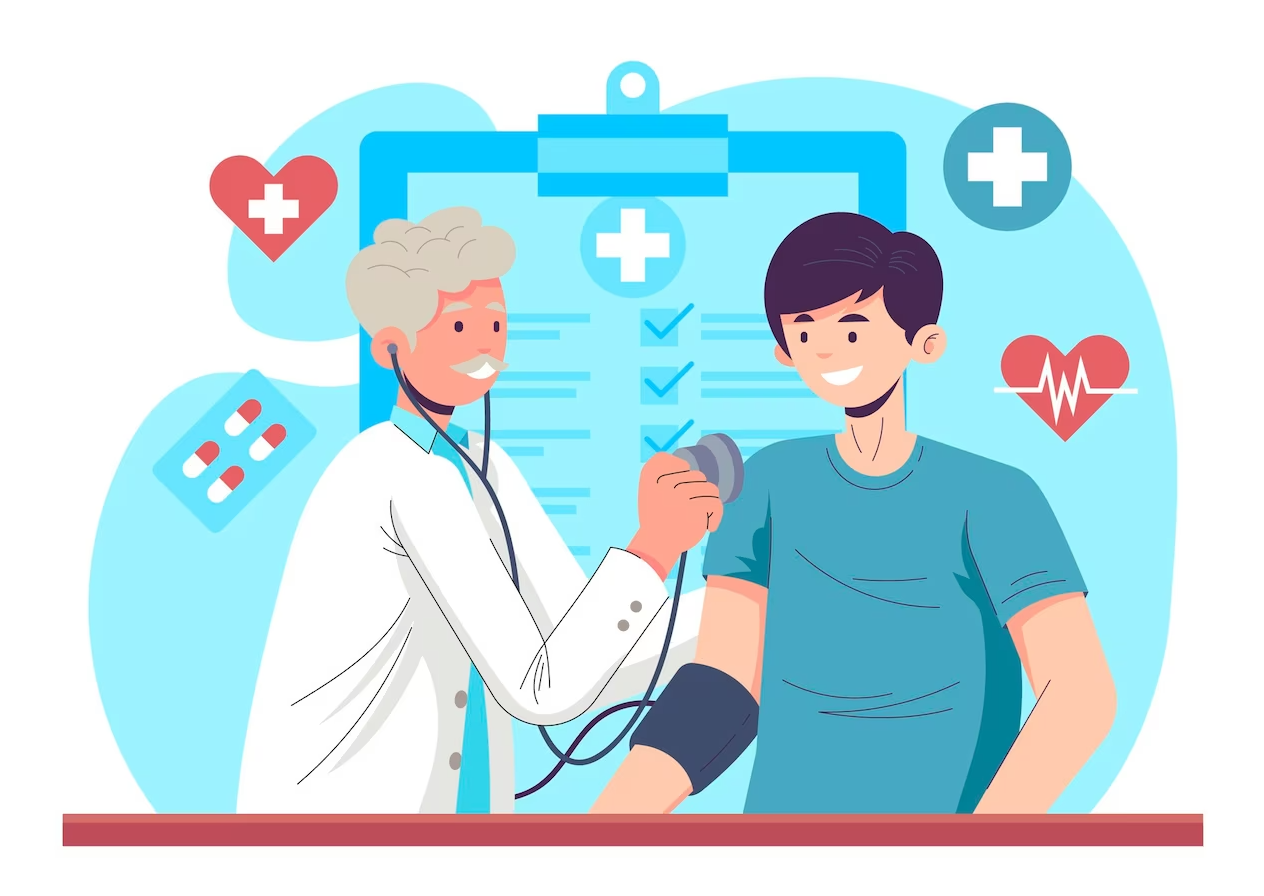
-
Posted By admin
-
-
Comments 0
Low blood pressure, also known as hypotension, is a medical condition characterized by abnormally low levels of pressure in the arteries. While it is often considered less concerning than high blood pressure (hypertension), it can still lead to various health complications if not properly managed. In this article, we will delve into the causes, symptoms, and strategies for managing low blood pressure.
Causes of Low Blood Pressure
- Dehydration
One of the most common causes of low blood pressure is dehydration. When the body lacks an adequate amount of fluids, the volume of blood decreases, leading to lower blood pressure.
- Heart Conditions
Certain heart conditions, such as bradycardia (slow heart rate), heart valve problems, and heart failure, can result in low blood pressure. These conditions can affect the heart’s ability to pump blood effectively.
- Medications
Certain medications, particularly those prescribed for high blood pressure, heart conditions, or anxiety, can lead to a drop in blood pressure. It is important for individuals taking these medications to be aware of potential side effects.
- Endocrine Disorders
Disorders like Addison’s disease, which affects the adrenal glands, can disrupt the body’s ability to regulate blood pressure. The adrenal glands produce hormones that help regulate blood pressure.
- Orthostatic Hypotension
This form of low blood pressure occurs when a person stands up from a sitting or lying position. It can be caused by dehydration, certain medications, or conditions that affect the autonomic nervous system.
- Neurological Conditions
Conditions that affect the nervous system, such as Parkinson’s disease or multiple system atrophy, can lead to low blood pressure. These conditions can interfere with the body’s ability to regulate blood pressure.
Symptoms of Low Blood Pressure
- Dizziness or Lightheadedness
Feeling dizzy or lightheaded, especially when standing up quickly, is a common symptom of low blood pressure. This occurs because there is not enough pressure in the arteries to adequately supply blood to the brain.
- Fainting (Syncope)
In severe cases, low blood pressure can lead to fainting. This happens when there is a sudden drop in blood pressure, causing a temporary loss of consciousness.
- Blurry Vision
Insufficient blood flow to the eyes can lead to blurry vision or tunnel vision. This symptom is usually temporary and resolves once blood pressure levels stabilize.
- Fatigue and Weakness
Individuals with low blood pressure may experience persistent fatigue and a general feeling of weakness. This is due to reduced blood flow to muscles and organs.
- Nausea or Feeling Sick
Low blood pressure can lead to feelings of nausea or a queasy stomach. This may be more pronounced when standing or during physical activity.
Management and Treatment
- Hydration
Drinking an adequate amount of fluids is crucial for maintaining healthy blood pressure levels. Staying well-hydrated can help prevent episodes of low blood pressure, particularly in cases of dehydration.
- Balanced Diet
A diet rich in nutrients, including sufficient salt intake, can help regulate blood pressure. However, individuals with specific medical conditions should consult their healthcare provider for personalized dietary recommendations.
- Regular Exercise
Engaging in regular, moderate exercise can help improve cardiovascular health and stabilize blood pressure levels. However, individuals with low blood pressure should consult their healthcare provider for exercise recommendations tailored to their specific condition.
- Medication Adjustment
In cases where medication is the cause of low blood pressure, healthcare providers may adjust dosages or recommend alternative treatments to address the issue.
Conclusion
Low blood pressure, though often considered less concerning than high blood pressure, can still impact an individual’s quality of life. Recognizing the causes and symptoms of low blood pressure is essential for prompt intervention and effective management. With proper care, individuals with low blood pressure can lead healthy and active lives. If you suspect you have low blood pressure or are experiencing symptoms, it is important to consult a healthcare provider for a thorough evaluation and personalized treatment plan.